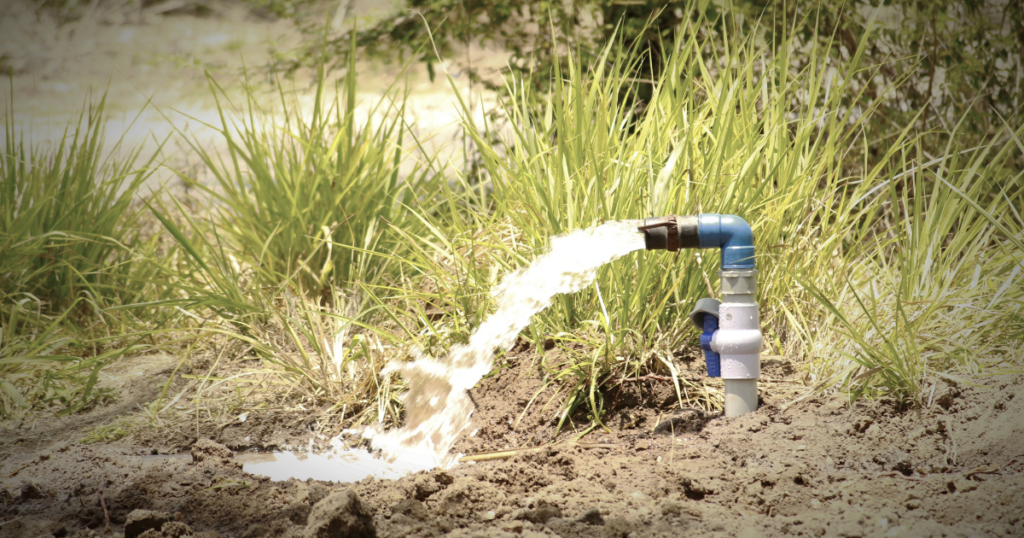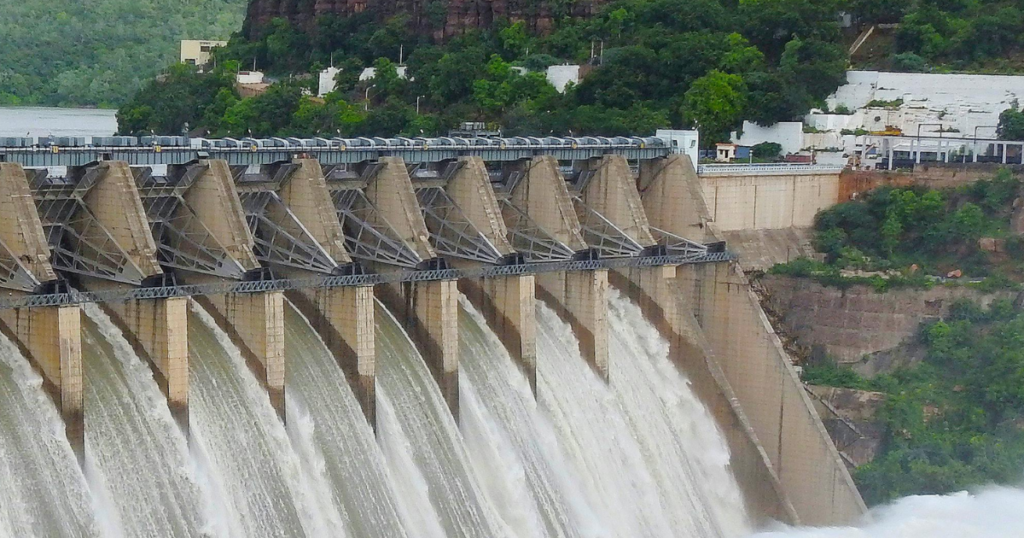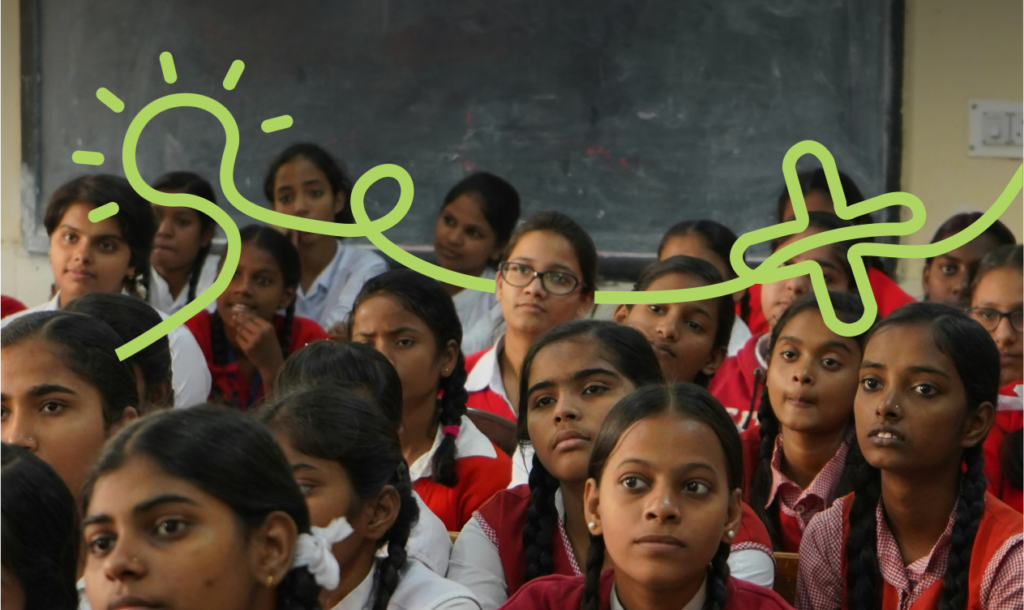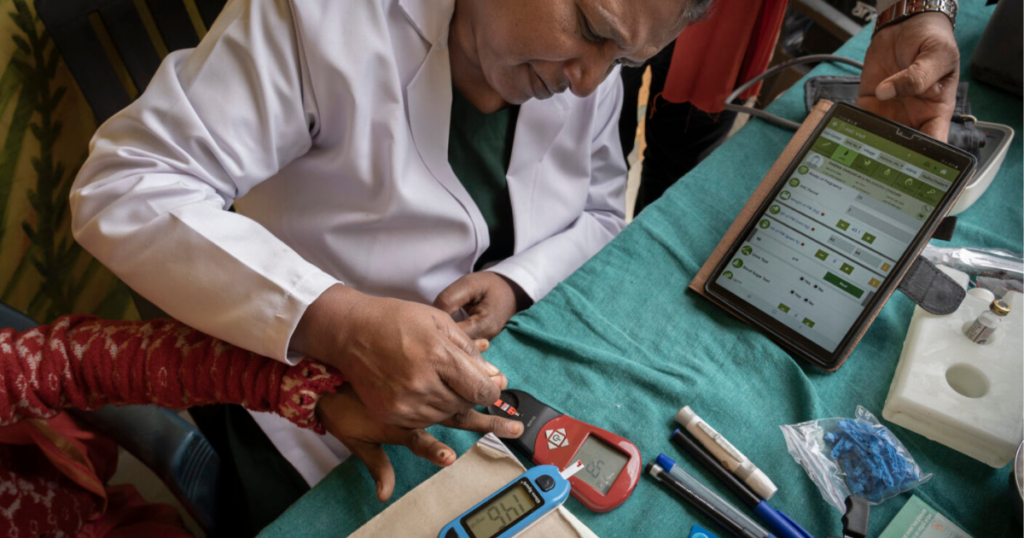India has 18% of the world’s population and 4% of the water resources, making the dynamic heavily skewed. Agriculture accounts for a whopping 89% of the water use in India, compared to 69% at the global level. Compared to other leading agricultural producers like Brazil, the USA, and China, India takes 2-3 times the quantity of water to produce the same amount of crops. The increasing demand due to the growing population, coupled with declining supply owing to climate change, overexploited groundwater, salinisation, etc., makes it imperative to focus on optimal models of water use in the agriculture sector.
One of the key reasons for the inefficient usage of water in agriculture is the wear and tear on existing irrigation infrastructure. More than 70% of the country’s dams were constructed before 1990, and they are more than 30 years old. The storage capacity of tanks has dropped to as low as 30% in recent years due to neglect and disrepair. Apart from this, another core issue is that major conventional crops grown in India consume almost 80% of the freshwater available for irrigation. Preference for water-guzzling crops can also be accrued to favourable market factors and outdated policies, which leads to significant overexploitation of water resources.
Furthermore, due to poor affordability, low economic viability, and a lack of surplus capital for farmers, there is poor adoption of micro-irrigation and precision technologies, which have the potential to reduce the cost of irrigation by 50%, save water by 45% and improve yield by 114% compared to conventional flood irrigation.
This perspective focuses on solutions that can address these challenges and help in improving efficiency during water use in agriculture through interventions such as the adoption of improved farming practices aimed at water conservation and efficient utilisation of resources, promoting successful models of adoption of micro-irrigation and precision irrigation technologies, development and promotion of high yielding and water-efficient seed varieties and modernisation of existing irrigation technologies to tap underutilised potential and optimise the resulting impact.
To ensure the effectiveness of the solutions, the interventions would need to be designed and implemented in an integrated manner with enablers aimed at promoting awareness, research, market support, capacity building, financing, deployment, and policy. This is where funders working at the nexus of water and agriculture can play a pivotal role in driving Indian agriculture towards a water-efficient future. They can accelerate water-efficient techniques in Indian agriculture by investing in research, offering incentives, supporting awareness programmes, and collaborating with NGOs.
Authors: Ayushi Baloni, Pratheek Abraham, Aparna Bhaumik, Eliza Gupta and Vikramjeet Sharma.
- Partik Kumar, Community Building and Partnership Specialist at Water, Environment, Land and Livelihoods (WELL) Labs
- Mallesh T M, Founder and CEO at CultYvate
- Mayank Gandhi, Managing Trustee at Global Vikas Trust
- Gajanan B. Rajurkar, Project Lead at Syngenta Foundation India, SFI
- Kalyan Verma, Director at Irrigation Association of India, IAI
- Naveen Patidar, Chief Executive Officer at Aga Khan Rural Support Programme India, AKRSP
- Saheb Bhattacharyya, Team Lead at Professional Assistance For Development Action, PRADAN
- Raosaheb Kote, Thematic Expert – Natural Resources Management (NRM), The BAIF Development Research Foundation




